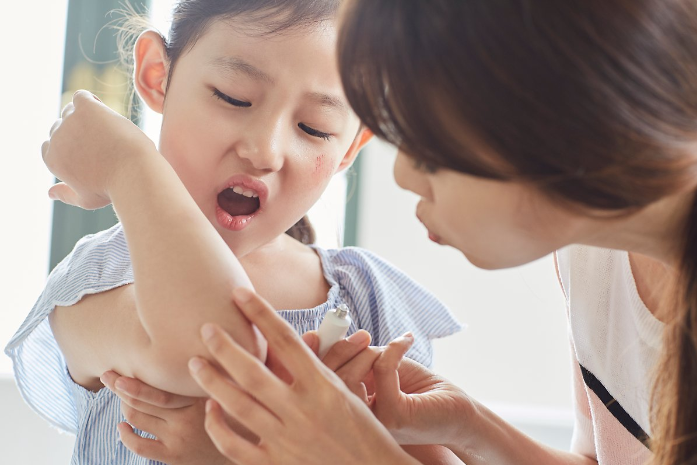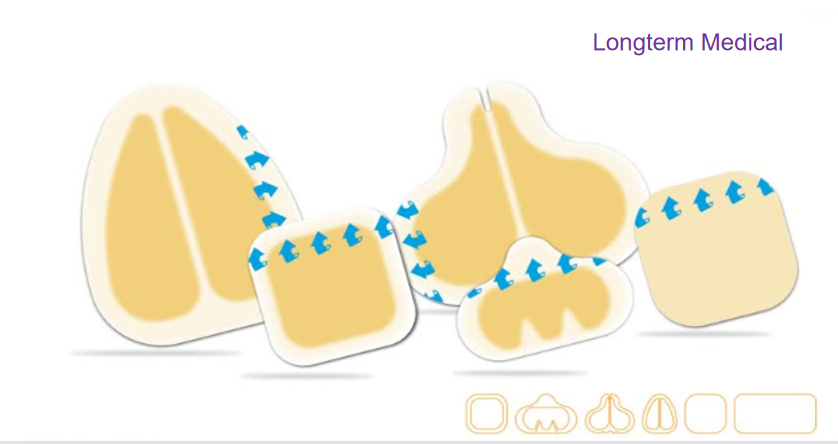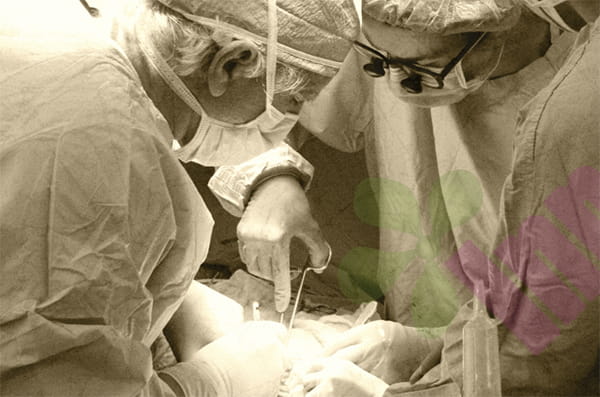Children inevitably get scrapes and scratches while playing, and many parents' first instinct is to use disinfectants like alcohol and hydrogen peroxide. However, this approach can be counterproductive, not only delaying wound healing but also increasing the risk of scarring. Mastering the correct wound care method is crucial for a child's skin to recover.

Why traditional disinfection methods can be harmful
Alcohol and hydrogen peroxide are highly toxic to new cells. While these disinfectants kill bacteria, they also damage growing epithelial cells, slowing wound healing. Their strong irritation can also cause pain and fear in children, making subsequent treatment more difficult. Frequent use of disinfectants can disrupt the skin's normal flora and reduce local immunity. Some children may experience allergic reactions to disinfectant ingredients, leading to contact dermatitis.
How to clean children's wounds correctly?
Normal saline is the ideal cleansing solution, as it has an osmotic pressure similar to that of human body fluids and does not irritate tissue cells. Using a sterile syringe to draw up normal saline solution for wound irrigation effectively removes dirt and bacteria. Running tap water is also an alternative, but the cleanliness of the water should be carefully considered. Irrigate from the center of the wound outward to avoid introducing surrounding bacteria. Deeply embedded gravel can be gently removed with sterile forceps.
Under what circumstances is medical treatment required?
A wound deeper than 0.5 cm or longer than 2 cm requires sutures. Bleeding persists even after 5-10 minutes of continuous pressure. The wound is located in a critical area such as the face or joints. Signs of infection, such as increased redness, swelling, purulent discharge, or fever, appear. A wound is caused by rusty metal or heavily contaminated objects. Animal or human bites. The child is incompletely vaccinated against tetanus.
How to choose the right wound dressing?
Film dressings are suitable for superficial abrasions, as they are transparent and easy to observe. Hydrocolloid dressings absorb small amounts of exudate and maintain a moist environment. Foam dressings are suitable for wounds with high exudate levels, providing good cushioning. Silicone dressings help prevent scarring. When choosing a dressing, consider its breathability and water resistance, and change it frequently based on the wound's condition.
What are the key factors that promote wound healing?
Keeping the wound moderately moist is more conducive to epithelial cell migration than a dry environment. Avoid stretching and friction on the wound, especially around joints. Ensure adequate nutritional intake, especially protein and vitamin C. Do not remove newly formed scabs; they are the body's natural protective layer. Practice sun protection, as new skin is sensitive to UV rays.

How to prevent scarring?
Start scar prevention care as soon as the wound heals. Silicone gel or silicone patches are first-line options for scar prevention. Massage the healing area daily to promote tissue softening. Use medical-grade sunscreen to prevent hyperpigmentation. Avoid scratching the healing wound to prevent secondary damage. If you notice a tendency for scarring to occur, seek medical attention immediately.
Parents need to remain calm when treating their children's wounds. Proper cleaning is more important than harsh disinfection, and providing a suitable healing environment for the wound is more effective than frequent dressing changes. Scientific wound care not only accelerates the healing process but also minimizes scarring, restoring smooth skin to the child.
For more information on Innomed®Hydrocolloid Dressing Ultra-thin, refer to the Previous Articles. If you have customized needs, you are welcome to contact us; You Wholeheartedly. At longterm medical, we transform this data by Innovating and Developing Products that Make Life easier for those who need loving care.
Editor: kiki Jia

 English
English عربى
عربى Español
Español русский
русский 中文简体
中文简体








